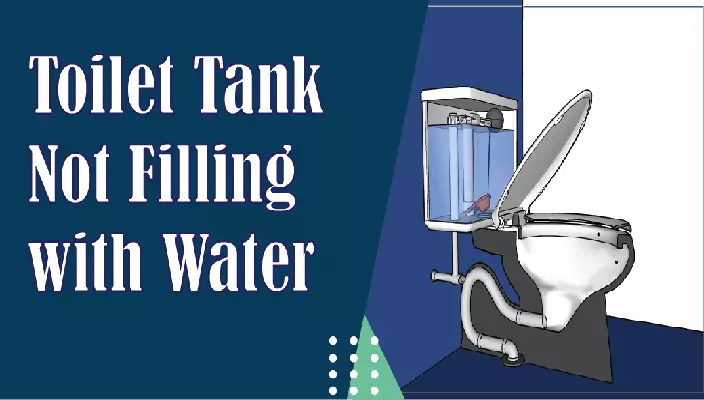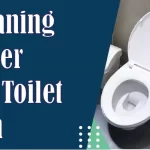Few household inconveniences are as disruptive as a malfunctioning toilet. A toilet tank not filling with water can lead to frustration and even hygiene concerns.
In this detailed guide, we’ll delve into the various reasons behind this issue and provide step-by-step instructions on how to address it.
Whether it’s adjusting the toilet float, fixing a running toilet without a ball float, or dealing with mold and water level problems, we’ve got you covered.
Also Read: 6 Best Flushing Toilet 2023 | Buyers’ Guide
Content
Diagnosing a Toilet Tank Not Filling
If you’re confronted with a toilet tank that isn’t filling up as it should, several factors could be at play. A common culprit is a misadjusted toilet float, which regulates the water level. The float may be set too high, too low, or might even be sticking.
Adjusting the Toilet Float
Toilet floats come in various designs, such as ball floats and modern cup-style floats. To adjust the float, start by locating the fill valve assembly.
With a ball float, bend the float arm slightly downwards for a lower water level, or upwards for a higher level.
For cup-style floats, adjust the screw or clip on the float cup. Ensure a water level about an inch below the top of the overflow tube.
Fixing a Running Toilet without a Ball Float
Modern toilets often feature an integrated fill valve and float assembly. If your toilet lacks a ball float, you can adjust the water level by turning the adjustment screw on the fill valve.
Turn it clockwise to decrease the water level and counterclockwise to increase it. Aim for the recommended water level mentioned earlier.
Mold in the Toilet Bowl
Mold growth in the toilet bowl can be a result of stagnant water due to inadequate tank refilling. To prevent mold, regularly clean the toilet bowl and ensure proper tank filling. If mold persists, consider improving ventilation in the bathroom.
No Water in the Toilet Bowl
If the toilet tank is filling but no water is entering the bowl upon flushing, a clog might be causing the obstruction.
Check the flush holes around the rim of the bowl for debris buildup. Use a thin wire or a toilet auger to clear any blockages and restore proper water flow.
Dealing with Sticking Floats
A sticking float can lead to continuous water flow or insufficient tank filling. Inspect the float mechanism for debris or mineral buildup. Clean or replace the float assembly if necessary. Ensure smooth movement of the float arm or cup to prevent future sticking issues.
FAQs:
Why Is My Toilet Tank Not Filling With Water?
A misadjusted toilet float, a malfunctioning fill valve, or an issue with the water supply line could be causing the problem.
Can I Adjust The Water Level Without A Ball Float?
Yes, you can adjust the water level in modern toilets by turning the adjustment screw on the fill valve.
How Can I Prevent Mold Growth In My Toilet Bowl?
Regularly clean the toilet bowl, ensure proper tank filling, and improve bathroom ventilation to prevent mold.
Also Read: How To Unclog Toilet When Nothing Works
Conclusion
A toilet tank not filling properly can be a vexing issue, but armed with the knowledge provided in this guide, you’re well-equipped to diagnose and address the problem.
From adjusting the toilet float to troubleshooting a running toilet and tackling mold growth, these steps will help you restore your toilet’s functionality and maintain a clean and hygienic bathroom environment. Remember, a little DIY plumbing know-how can go a long way in keeping your home running smoothly.























